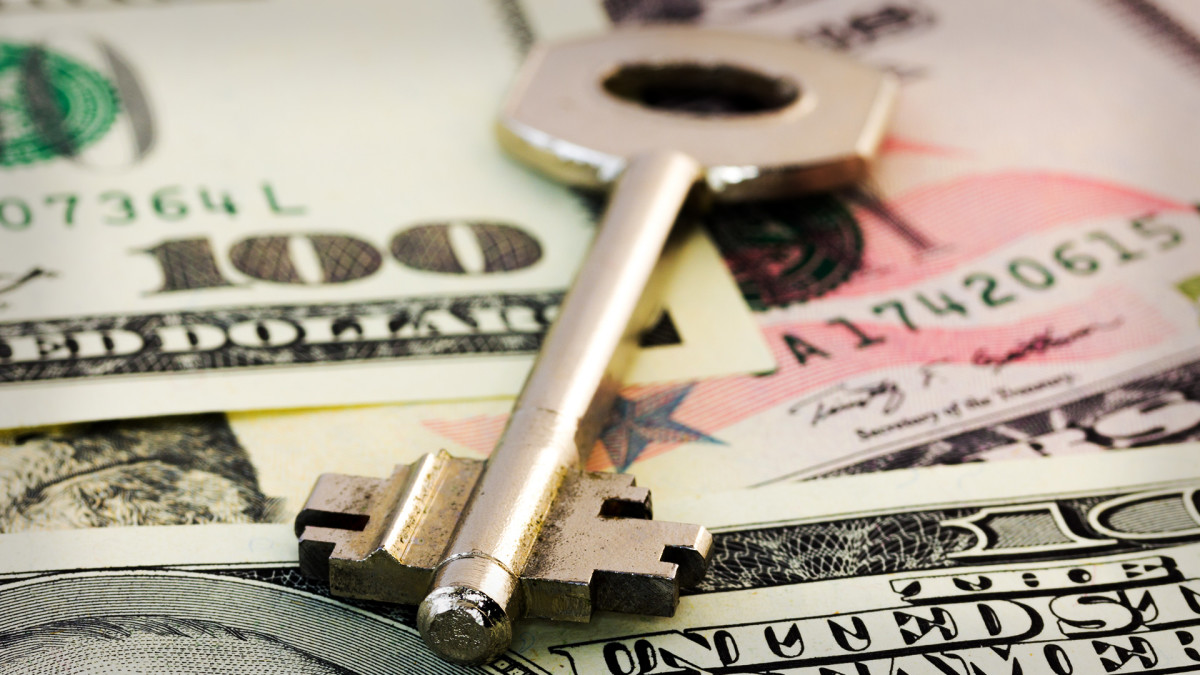
The U.S. economy has defied recession forecasts and looks set to carry solid momentum into the final months of the year, but the surprising resilience has yet to boost the moribund housing market, which continues to suffer from elevated mortgage rates and record high prices.
The National Association of Realtors, in fact, reported Thursday that its index of pending home sales over the month of July fell to the slowest pace on record, with those based on signed contracts falling 8.5% from the year-earlier level.
The NAR said the slump, which was paired with a modest rise in existing-home-sales data for the month published earlier this week, was tied to high mortgage rates and consumer indecision ahead of this fall's presidential elections.
Data from the Commerce Department published Tuesday noted that homebuying intentions fell to the lowest levels in more than a decade, while Fannie Mae's closely tracked Home Purchase Sentiment Index, published earlier this month, slipped to 71.5 points in July.

Shutterstock
"A sales recovery did not occur in midsummer," said the NAR's chief economist Lawrence Yun. "The positive impact of job growth and higher inventory could not overcome affordability challenges and some degree of wait-and-see related to the upcoming U.S. presidential election."
Post-pandemic price surge
The average selling price for a single-family home eased modestly, to $422,600 in July from the prior month's record high of $426,900. But that means the cost of a home is still more than 50% higher than it was prior to the 2020 pandemic. The average 30-year fixed mortgage rate in August 2019 was 3.62%.
Current mortgage rates are easing alongside home prices, but not nearly at a pace that would offset that kind of price surge. A 30-year fixed-rate mortgage was last pegged at 6.44% by the Mortgage Bankers' Association on Aug. 28.
"As observed in recent weeks, despite lower rates, purchase applications have not moved much," said the MBA's deputy chief economist, Joel Kan. "Prospective homebuyers are staying patient now that rates are moving lower and for-sale inventory has started to increase.”
Related: Housing market seeks Fed rate-cut relief as sales slump
The NAR's reading of inventory, however, showed only a modest 0.8% bump last month, to 1.33 million units, a level that would take around four months of activity to clear.
First-time buyers, however, are getting priced out of the market at a rate that has some economists concerned. They comprised only around 29% of July sales, down from 30% over the year-earlier period
That said, falling mortgage rates, tied in part to bets that the Federal Reserve will make the first of a series of interest rate cuts in September as inflation eases and the labor market cools, are starting to support the sale of newly made homes.
New-home sales boost
The Commerce Department reported last week that new-home sales for the month of July rose 10.6% to a seasonally adjusted annual rate of 739,000 units, the highest in more than two years.
But that number is vulnerable to significant swings on a month-to-month basis and some economists aren't sure it represents a near-term rebound in overall demand.
Ian Shepherdson at Pantheon Macroeconomics argues that while falling mortgage rates are providing some support to the market, "that boost will probably be at least partly offset by the drag on demand from a further weakening in the labor market."
Related: Mortgage rates tumble on bond market rally
"Moreover, lower rates will also incentivize some more existing homeowners to move, which could lead to homebuilders losing some of the market share they have gained over the past two years."
Wall Street traders are betting on at least 1 full percentage point of Fed rate cuts between now and the end of the year, a move that would take the benchmark Federal Funds Rate to 4.375%.
Bond markets have moved quickly in advance of those anticipated cuts, with benchmark 10-year-note yields, which are closely tied to 30-year mortgage rates, falling nearly half a percentage point since the beginning of July.
Fed interest rate cuts to the rescue?
Falling mortgage rates should also trigger some renewed refinancing activity, according to Molly Boesel, principal economist at CoreLogic, who notes that "most borrowers with mortgage rates above 6.5% originated their loans within the last two years."
Boesel also says that while "home buying remains near historic lows going into the expectation of a Fed Reserve rate cut in mid-September, the figures don’t tell the whole story."
"There is a lot of pent-up demand from potential homebuyers waiting for that cut to make an offer," she said. "Once that happens, sales will begin to move upwards slowly."
More Economic Analysis:
- Kamala Harris sees markets stars align against Donald Trump
- CPI report upsets betting on big Fed rate cut
- Main Street businesses push back on Wall Street recession gloom
Fannie Mae's chief economist, Doug Duncan, is more pessimistic.
"There seems to be little expectation among the general population that homebuying conditions will improve in the near future," he said.
"More consumers than not see home prices rising further and slightly more consumers think mortgage rates will increase, rather than decrease, over the next 12 months," Duncan added
Related: Veteran fund manager sees world of pain coming for stocks







